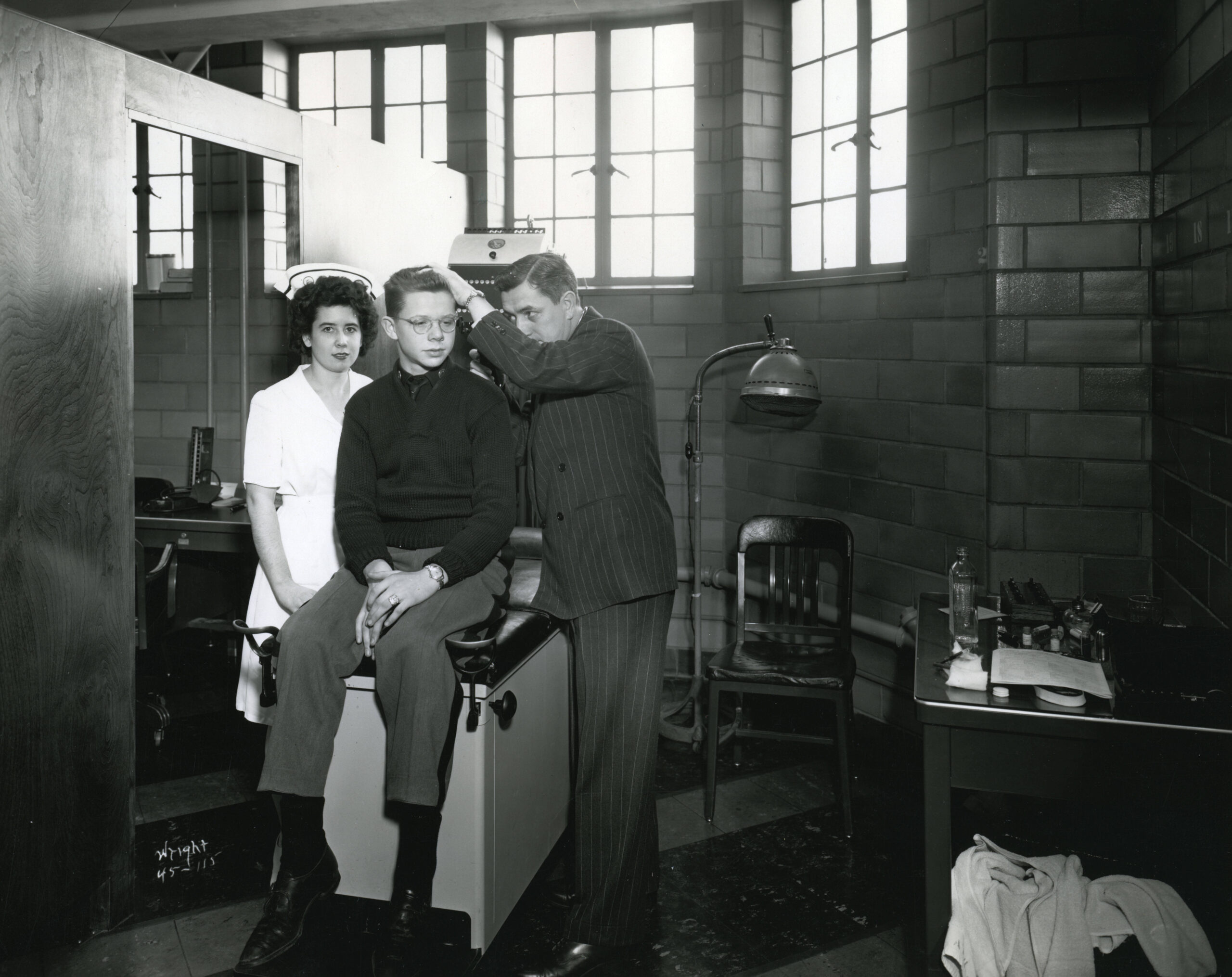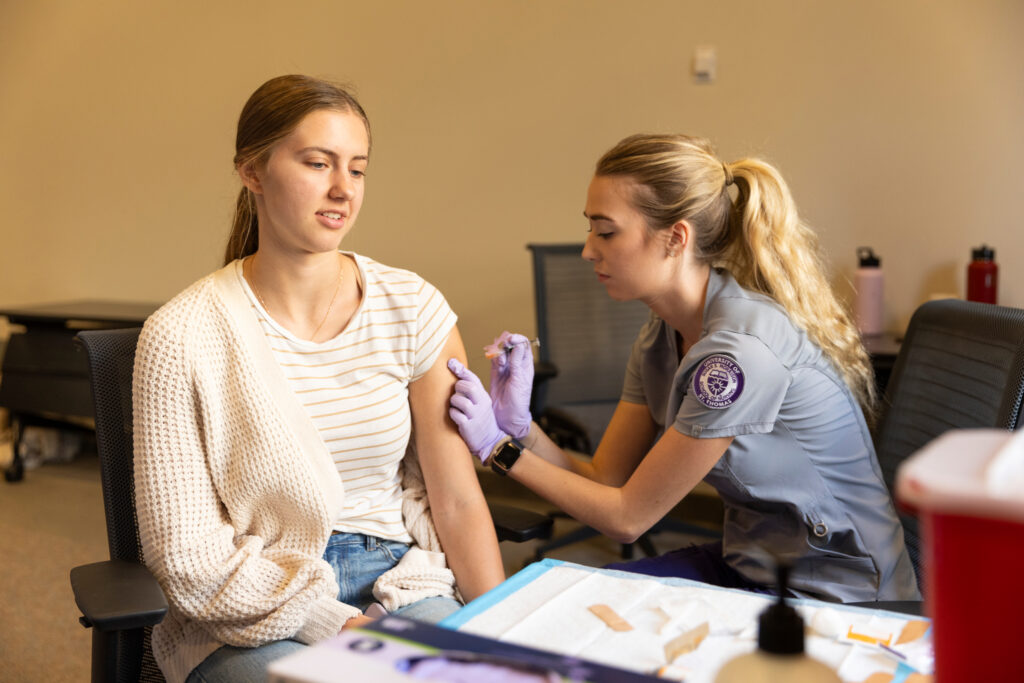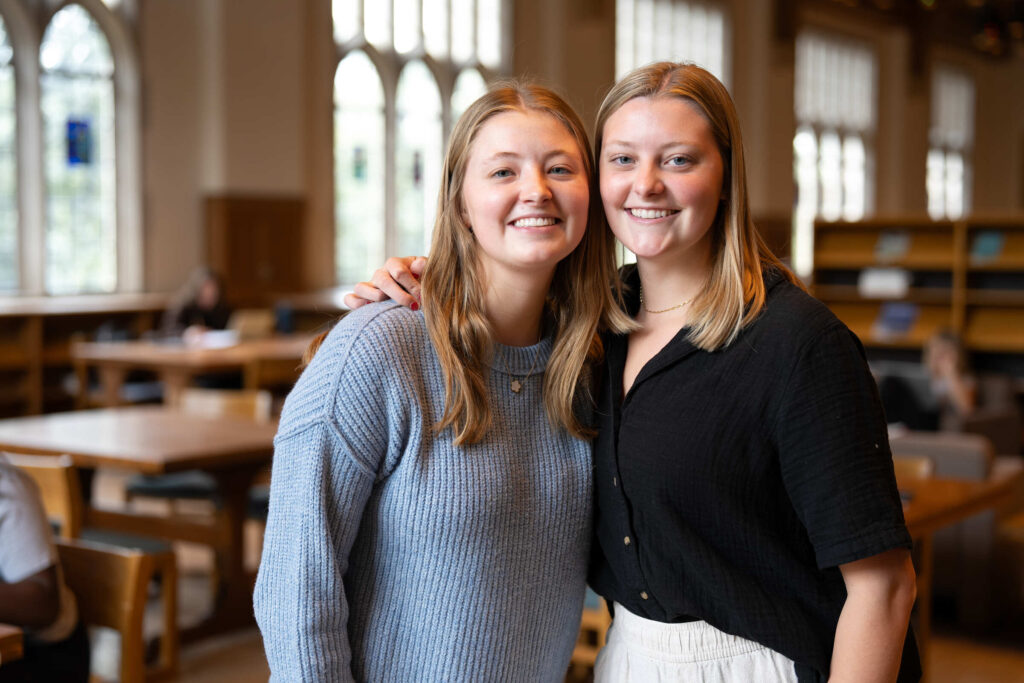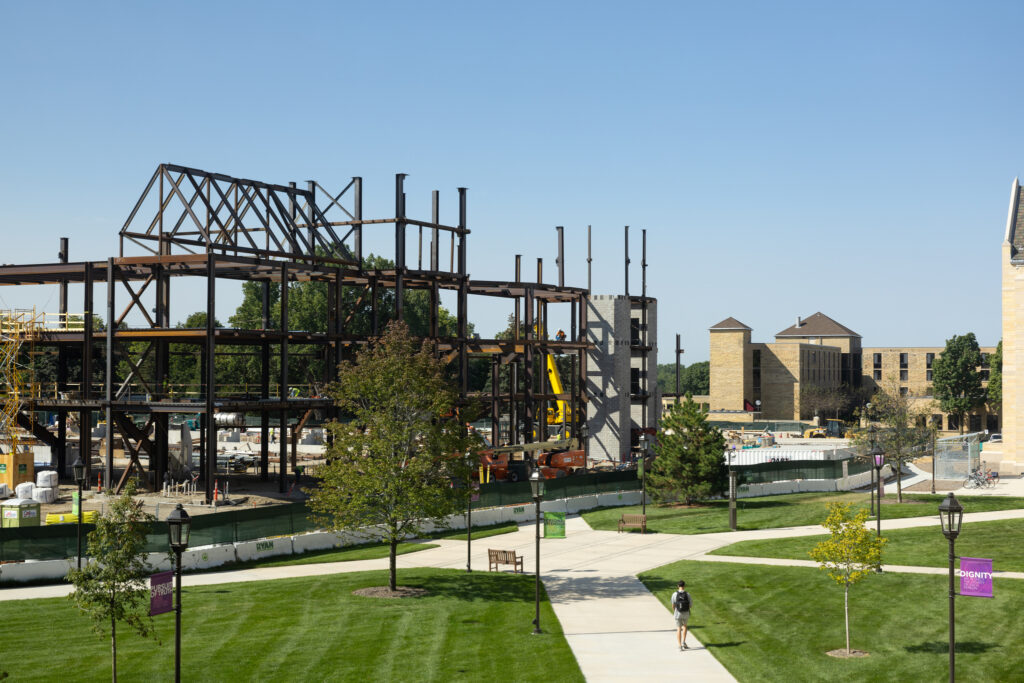While waiting for a flu shot at one of St. Thomas’ recent pop-up clinics, I reflected on how much health services at the university have evolved over the years.

From its opening in 1885, St. Thomas employed a physician to visit campus for a few hours daily to attend the health needs of the resident students, priests, and faculty. Dr. James Markoe, a local St. Paul physician, served in this role from 1901-32. Beginning in 1901, he was assisted by two or three nurses from the Sisters of St. Joseph of Carondelet who both lived and worked on campus. In those early days, the medical team would often attend to sick and injured students directly at their bedsides. The communal dormitories where St. Thomas students lived posed a high risk of contagious disease spread. This setup, unfortunately, contributed to an outbreak of smallpox in the early 1900s.
A turning point came with the construction of the Infirmary Building (now known as Mennith Hall) in 1905 and later Ireland Hall in 1912. These facilities introduced private rooms, which helped control the spread of illnesses among students. The infirmary was a major advancement, featuring a laboratory, medication storage, a clinic room, and dedicated beds where the nursing sisters could tend to both the sick and those with contagious diseases such as scarlet fever and mumps.

Sister Beatrice Gleason managed the infirmary for over 30 years, navigating major challenges like the 1918 influenza outbreak, which at times filled all 26 infirmary beds. In a student newspaper article, Sister Beatrice shared how she dreaded football game days on campus. With minimal protective gear and less regulation in the sport at the time, games often led to a surge of broken bones and other injuries, keeping the infirmary staff busy both during and after each game.
By the 1940s, St. Thomas health services underwent further transformation. The nursing Sisters of St. Joseph were replaced by lay staff nurses in 1943 and Dr. James Wilson as a resident physician. While students who needed long-term care and bed rest were still tended to in the infirmary, the daily medical clinic moved to quarters in O’Shaughnessy Hall where it stayed into the mid-1960s.
In 1967, Student Health Services moved into newly constructed quarters in the basement of Brady Hall. This “modern, completely equipped health center” replaced the outdated facilities of the Infirmary Building, providing a suite of examination rooms and office spaces that were welcomed by the health service staff. The new center also included several rooms designated for resident students needing extended care and bed rest.
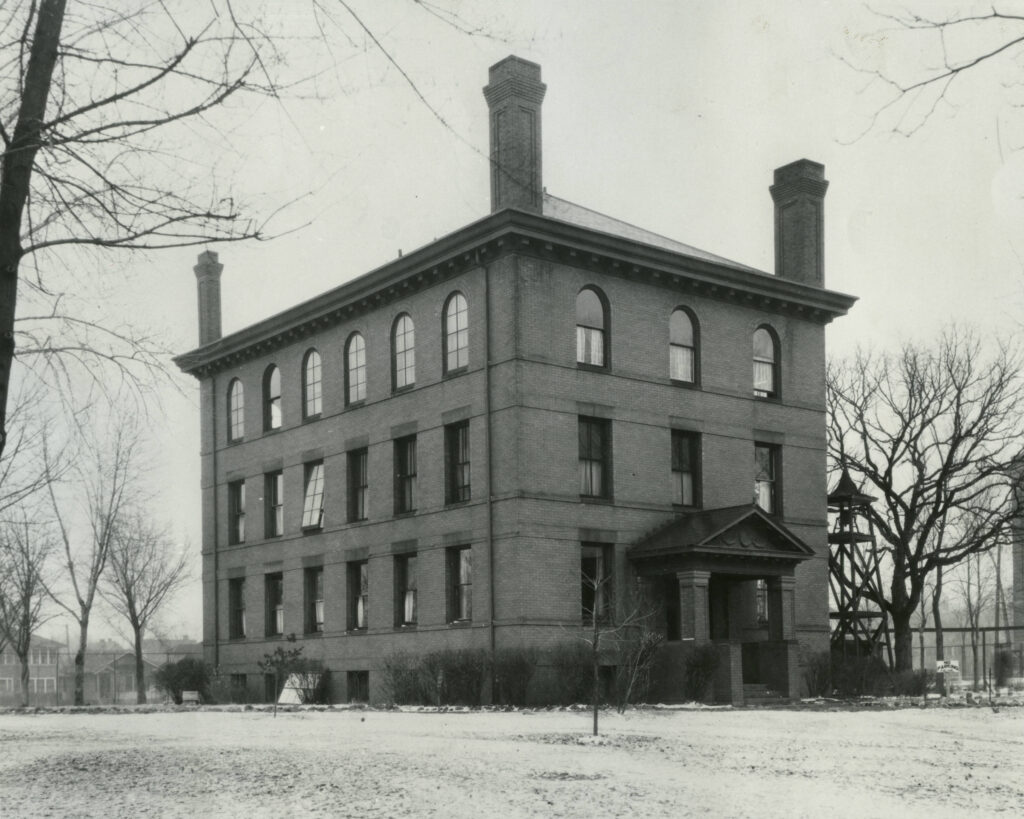
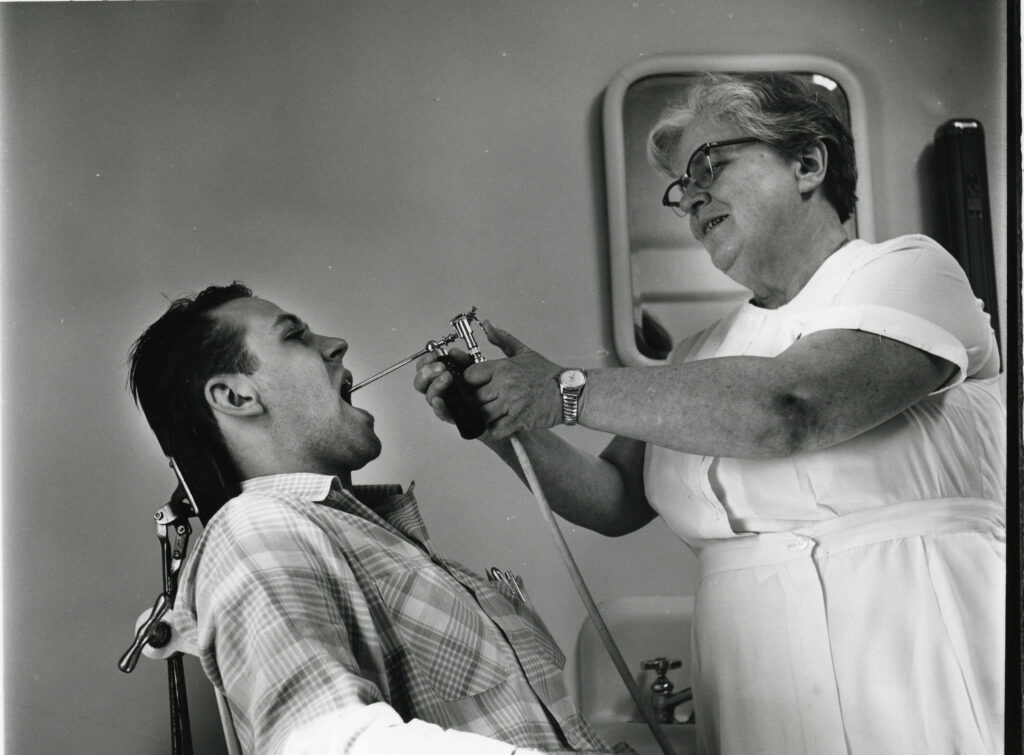
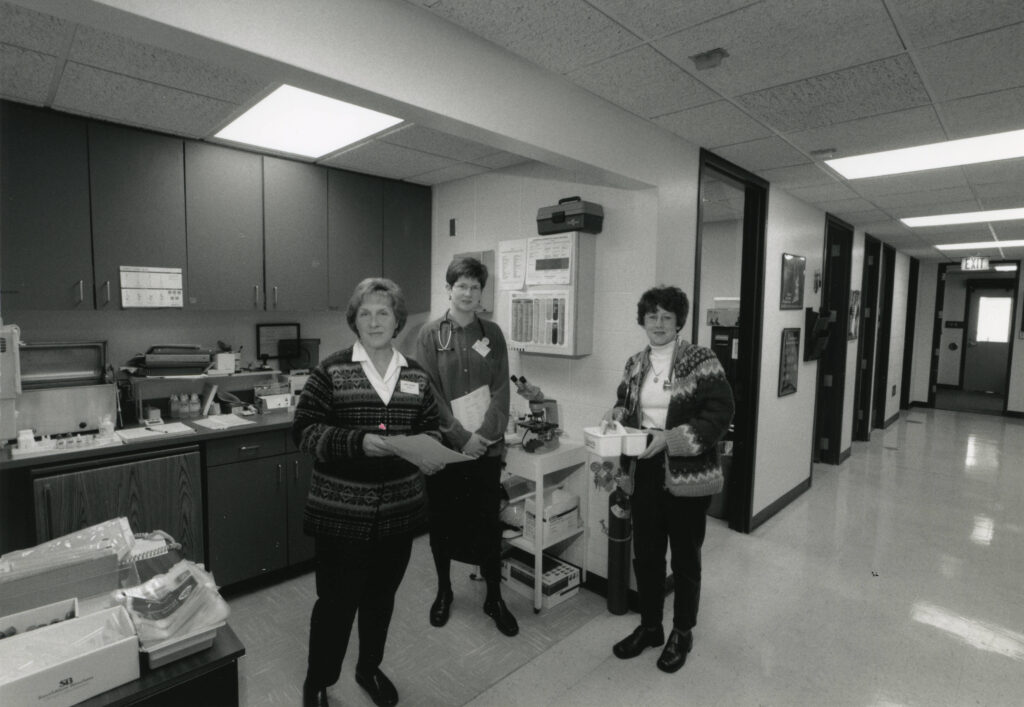
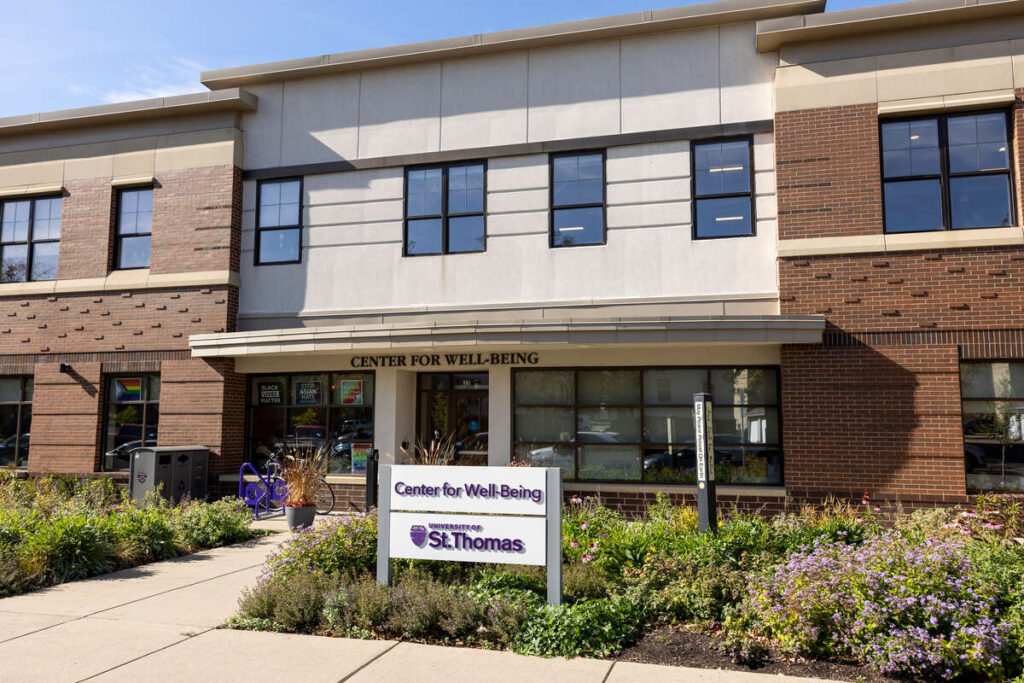
In the fall 2019, Health Services moved into the Center for Well-Being building. This move brought the services of the Health, Counseling and Wellness (now Health Promotion, Resilience and Violence Prevention) programs under one roof for the first time. This expanded facility allows for a more integrated and collaborative approach to health, providing the St. Thomas community with a holistic resource for wellness.
More Tales from the Archives
-
Celebrating 65 Years of the O’Shaughnessy-Frey Library
Quotes from the Quad -
Tales from the Archives: Other Campuses
People & Culture -
Tales from the Archives: Fostering School Spirit and Community
People & Culture -
Tales from the Archives: Tom Town
People & Culture
